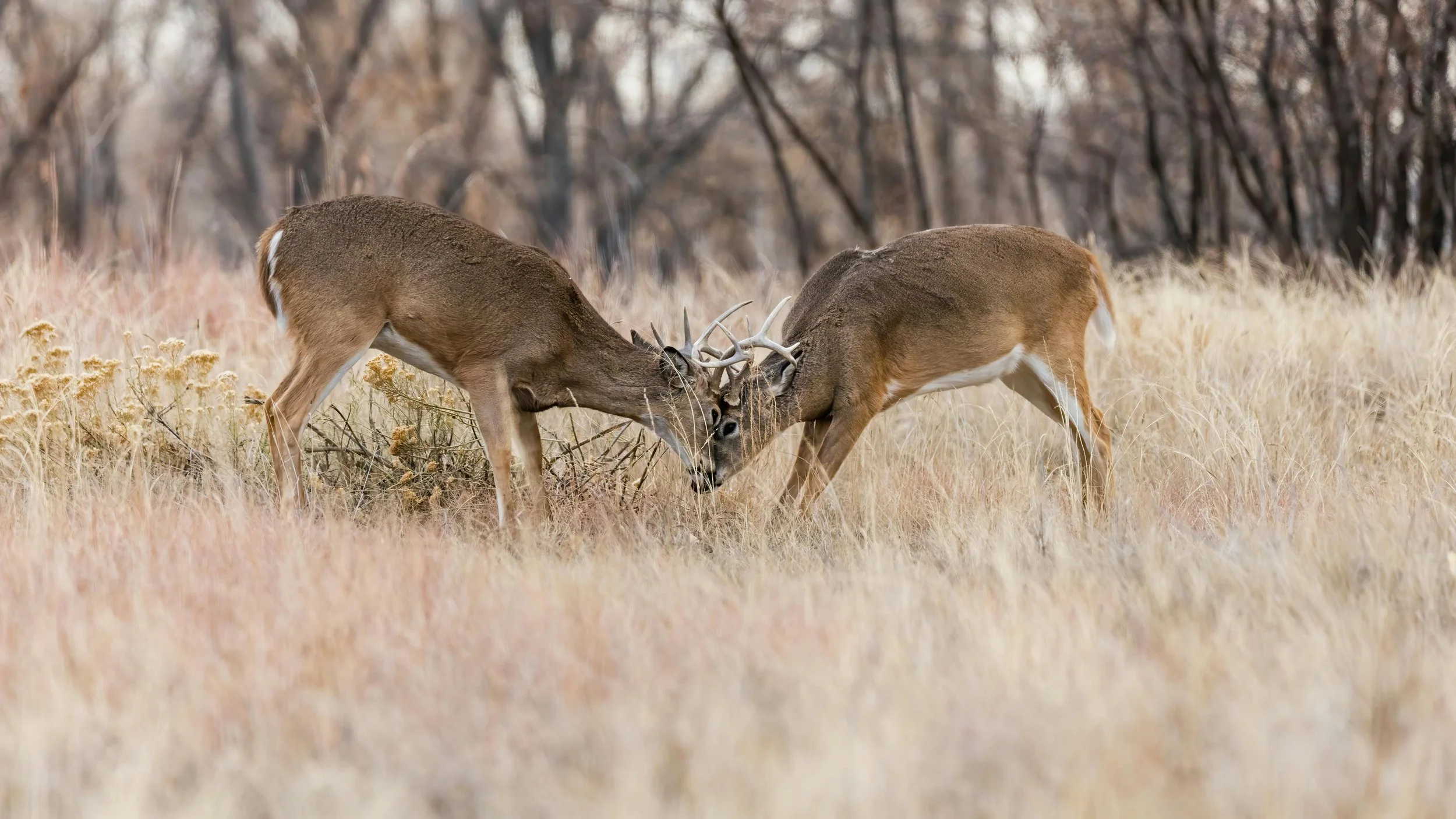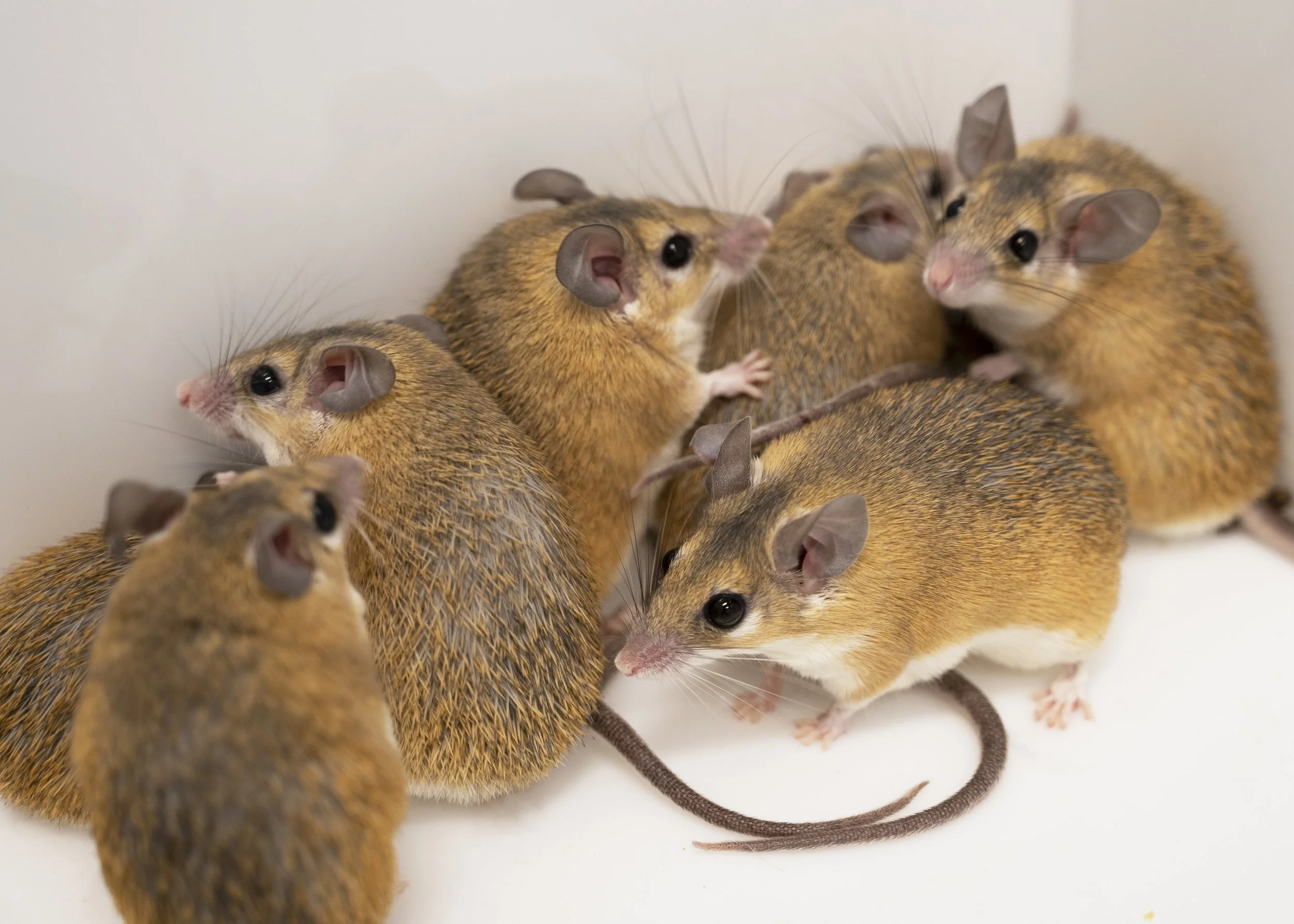How understanding community in rodents can help us understand ourselves
By Anna Bautista
Imagine all of the social interactions you have on a daily basis. We might say goodbye to our partner in the morning and order a coffee from our favorite café with a barista that’s worked there for a few weeks. We might then stand next to strangers on public transportation and arrive at work where we give amicable hellos to our coworkers. And finally, we might end the day with a drink at our favorite sports bar and catch up with a long-time friend before finally heading home, and somehow, we do all of this (most of us) without a hint of hostility. This feature of our species is actually unlike most of the animal kingdom.
Most mice, when introduced to an intruder (analogous to our version of a stranger) will exhibit aggression. And yet, researchers have opted to use mice as the gold standard for research, particularly in biomedical research, for over a hundred years. But how applicable are these animal models, especially when attempting to investigate social relationships?
Deer Fighting during display of intersexual selection. Aggression in the animal kingdom is highly common, especially during the mating season.
Dr. Aubrey Kelly, PhD.
New research at Emory University has attempted to answer this question by establishing a new model species. Aubrey Kelly, associate professor in the department of Psychology, has tried to address this question by asking “how [does] the brain allow individuals to get along with each other?” in a species called African Spiny mice (Acomys dimidiatus). Unlike house mice, spiny mice are communal, meaning that they naturally live in larger groups in the wild. Studying the neural circuitry underlying sociality would be ideal in primates, but Kelly mentions that there simply aren’t a lot of ways to evaluate causal mechanisms in these species. “We obviously can't conduct too many studies with humans because it's unethical to, we can’t manipulate them and take away their friends or force friendships upon them,” she adds.
African Spiny mice (Acomys dimidiatus)
She came to discover these species through a collaborator, Ashley Seifert, professor in the Department of Biology at the University of Kentucky, who studies developmental biology. On a visit to the university, he showed her just how uniquely social these species are. Seifert took a male mouse from one cage and tossed it in another cage. “Among all the species I'd observed before, there would immediately be a brawl, and these guys just didn't care”, says Kelly.
And thus, the spiny mouse colony at Emory was born. Current projects in the lab are investigating social dynamics that occur between and among an established group of individuals. Other projects are exploring the extent to which members of a group participate in parental care, and what implications this may have for future behavioral outcomes of the offspring.
The African spiny mouse colony at Emory University
Since joining the psychology department in 2018, Kelly has made significant contributions to her field, publishing in journals like Current Biology and Nature Scientific Reports. Her track record also holds up. She’s published 22 papers in the past five years, and she received the Frank Beach Early Career award from the Society for Behavioral Neuroendocrinology in 2021. Beyond social neuroscience, the desire to use spiny mice as a model organism has extended to the fields of regenerative biology and reproductive biology. Along with some primates, bats, and elephant shrews, spiny mice can menstruate, and they provide a unique opportunity to explore menstruation dysfunction.
Success for most of us is not without some amount of struggle. When probed on some of her techniques on dealing with the immense workload and balancing it with everyday life, Kelly mentioned that she found it incredibly important to form friendships outside of the sphere of academia when she was a postdoc at Cornell University. So, she engaged in game nights and even techno dancing with her friends Lisa and Rafa. Moreover, she also mentioned that she doesn’t tie her identity towards being an academic. She states, “I identify as being an adventurous person. I identify as somebody who is open-minded. And those things aren't tied to particular places or times.”
My most important learning from Kelly was that we have much more to learn from these little social creatures. We can learn from their biology, it can inform us on our own unique proclivity towards friendly interactions. But perhaps we can also learn about ourselves on a more introspective theme. Taking a note out of Dr. Aubrey Kelly’s book, perhaps our value may be in our sociality. In a world full of rigorous production and consumption, it might benefit us to detach our identity and our self-worth from what we produce and consume, and derive it from the friendships and experiences that enrich our lives.




